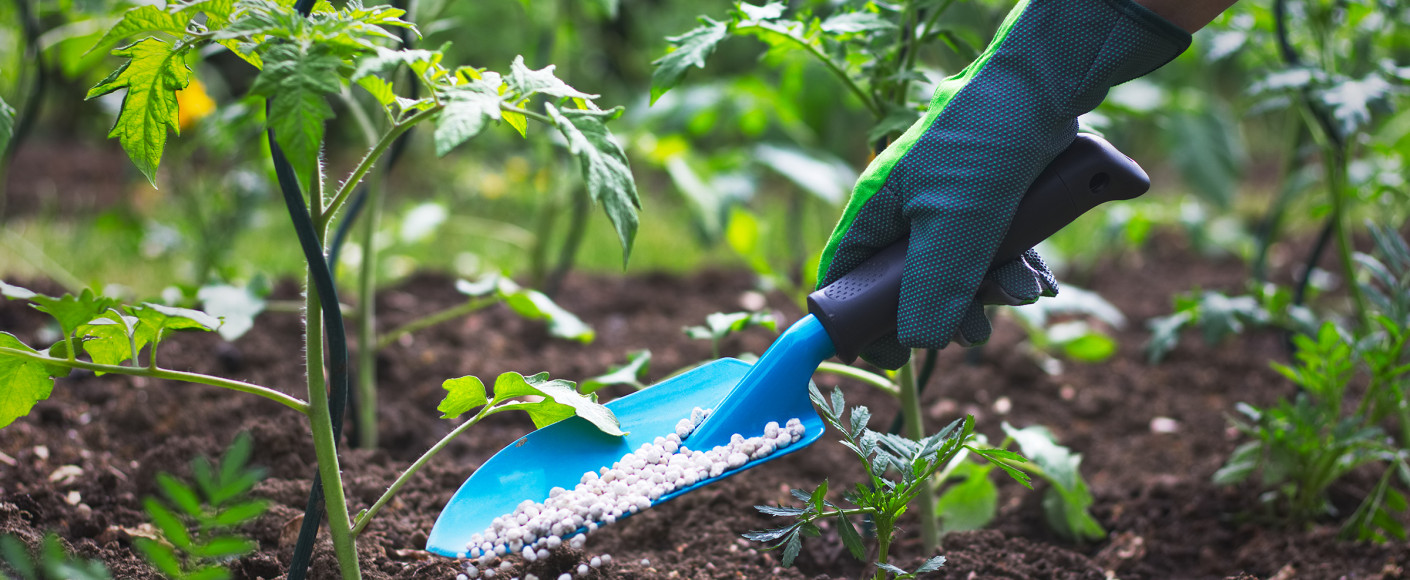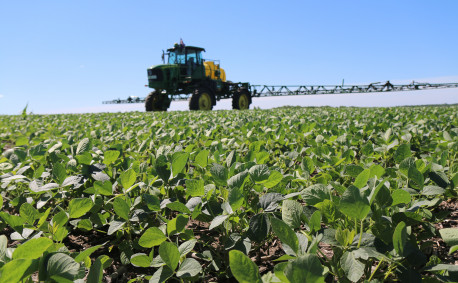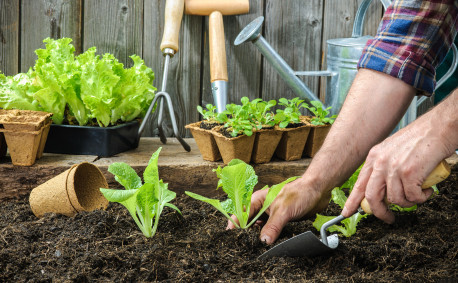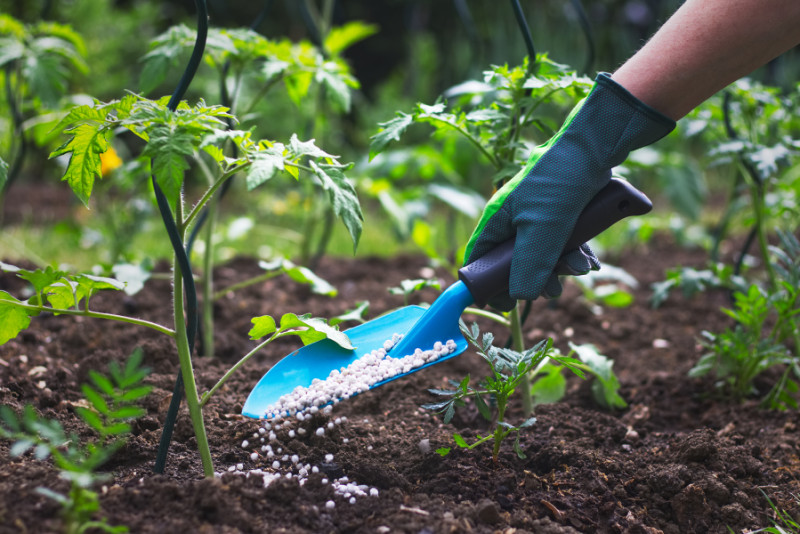Fertilizer at Home and on the Farm
The sun is hanging around longer, the grass is getting greener and your perennial plants are showing off once again. This time of year, nature has finally shaken off any remaining signs of colder temperatures. You may have the urge to flock to your nearest garden center for flowers, vegetables, shrubs and other plants for your yard.
Because sprucing up your yard involves a physical and financial investment, it can be discouraging when you notice your newest garden additions aren’t flourishing and staying as healthy as you would like.
There could be a plethora of reasons why your new petunias look a little sad — like overwatering or not enough sunlight — but one way to keep plants healthy is by adding fertilizer to the soil.
Adding Nutrients to Your Garden
It’s best to apply fertilizer to the soil before planting vegetables, herbs or fruit plants so they can soak up the nutrients as they grow. You can also fertilize the soil you are using for any perennial plants.
Keep in mind the chemical makeup of the fertilizer you buy. Numbers on the bag indicate the amount of nitrogen, phosphorus and potassium in the fertilizer. Different plants require different amounts of each of these nutrients.
According to the Almanac, a fertilizer with a 3-4-4 ratio is generally recommended for starting a vegetable garden. Flowers vary in what types of nutrients they need. Roses like phosphorous while annuals tend to prefer a 5-10-10 blend. Tomatoes require more potassium than other types of plants, so a 3-4-6 fertilizer is your best bet for preventing tomato-specific issues like rotting. Grass requires more nitrogen, so you’ll want a fertilizer with a higher ratio of nitrogen like 24-4-12 or 20-2-6 for your lawn. If you’re not sure what to get, a mix of 5-5-5 is a good rule of thumb.
Testing your soil is a great way to monitor the health of your garden. Soil tests can help you determine which nutrients need to be added via fertilizer. Experts recommend that you test your soil every three years. You can use a do-it-yourself test kit from your local garden center, or you can go through your local county extension office.
Whether you decide to fertilize or not, you can keep this knowledge in your gardening tool belt for later.
Fertilizer on the Farm
Farmers use different techniques to help keep their soil healthy. Some incorporate cover crops, which can naturally add depleted nutrients as they are plowed back into the soil. Others apply fertilizer to help their crops flourish.
Farmers are some of the biggest users of fertilizer, as it can help them produce the food we eat every day. They apply fertilizer judiciously to provide vital nutrients to the soil.
Fertilizer can also help increase crop yield, which is the amount of food grown on a given parcel of land. As the world’s population continues to increase, farmers need to produce more food, and smart fertilizer practices can be key to increasing their yields.
When farmers use fertilizer, they pay careful attention to how much they apply, making sure they don’t use excess amounts, and they set up drainage strategies to avoid buildup.




